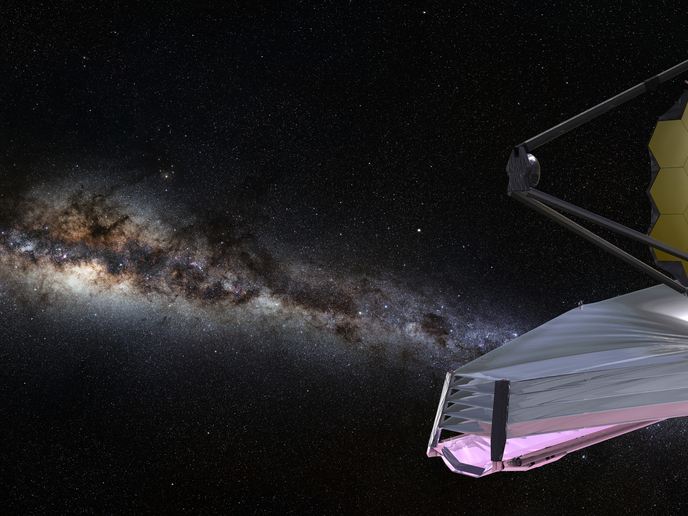Promising way to detect oxygen in nearby planets orbiting Sun-like stars
Don’t you sometimes wonder if there is life beyond our solar system? What if scientists found a nearby Earth-like planet orbiting a Sun-like star? Since the early 1990s when scientists started discovering exoplanets – planets orbiting stars other than our Sun – the official exoplanet count exceeded the 4 000 mark, according to NASA. Finding exoplanets with atmospheres and identifying their atmospheric composition is a crucial step in pinpointing places with signs of life. With partial support from the EU-funded ESCAPE project, a team of researchers has found a new method to speed up the quest for life outside our planet. The researchers published their findings in the journal ‘Nature Astronomy’(opens in new window). To find life, or even habitable conditions beyond our solar system, scientists need to use ground and space-based observations like those provided by NASA’s Transiting Exoplanet Survey Satellite and the James Webb Space Telescope scheduled for launch in 2021. Surface liquid water may bring about habitable conditions by potentially promoting life forms that can interact with the atmosphere above. These life forms could create biosignatures that involve current Earth-like gas compositions (oxygen, ozone, methane, carbon dioxide and water vapour), or those of ancient Earth 2.7 billion years ago (mostly methane and carbon dioxide). Such physical markers indicating life could be detectable by telescopes like Webb, but what should they look for to determine whether or not a planet has plenty of oxygen? In the study published in ‘Nature Astronomy’, “researchers identified a strong signal that oxygen molecules produce when they collide,” as explained in a news release(opens in new window) by Universities Space Research Association (USRA). “Before our work, oxygen at similar levels as on Earth was thought to be undetectable with Webb, but we identify a promising way to detect it in nearby planetary systems,” says Thomas J. Fauchez, lead author of the study. Quoted in the same news release, he adds: “This oxygen signal is known since the early 80’s from Earth’s atmospheric studies, but has never been studied for exoplanet research.”
Computer simulations
The researchers focused on creating computer models of the atmosphere of an exoplanet orbiting an M dwarf star, also referred to as a red dwarf star – the most common type of star in the universe – and simulating its oxygen signatures. Since M dwarfs, which are much smaller, cooler and fainter than the Sun, tend to be more active with intense ultraviolet light, the researchers studied how a red dwarf’s radiation would affect its planets’ atmospheres. They simulated how the component colours of light from the star would change when those planets passed in front of it. The USRA news release states: “As starlight passes through the exoplanet’s atmosphere, the oxygen absorbs certain colors (wavelengths) of light— in this case, infrared light with a wavelength of 6.4 micrometers. When oxygen molecules collide with each other or with other molecules in the exoplanet’s atmosphere, energy from the collision puts the oxygen molecule in a special state that temporarily allows it to absorb the infrared light.” It’s that absorption signal that will be detectable by instruments aboard telescopes like Webb. The ongoing ESCAPE (Exploring Shortcuts for the Characterization of the Atmospheres of Planets similar to Earth) project was launched to quickly identify the atmospheric make-up of Earth-like exoplanets with existing ground and space-based telescopes. For more information, please see: ESCAPE project(opens in new window)
Countries
Switzerland



